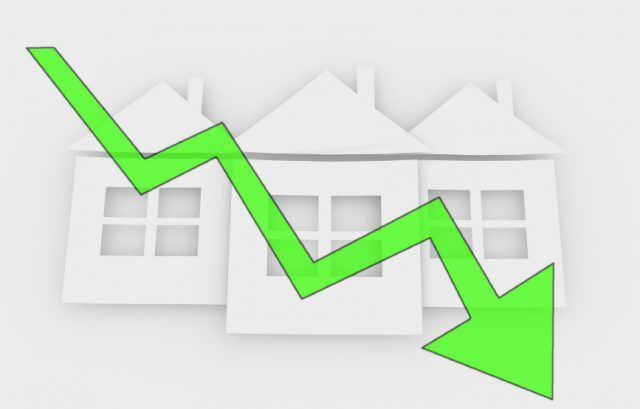Property prices in London commuter belt fall
Commuter towns in proximity to London are seeing more properties being reduced in price than anywhere else in the UK, according to new research.
Data released by online estate agent House Simple shows that some 33.5% of properties for sale in major towns and cities have been cut in price since they first appeared on the market. One in seven locations have seen 40% or more properties cut in price.
Price Falls
The research from the online agents looked at the number of properties that have seen reductions in price since they were first advertised. The percentage was then compared between February 2017 and August 2017.
In the top ten towns or cities with the greatest percentage growth in cut-priced properties, all are within an hour of central London by train. Reading leads the way with 44% of properties currently for sale here falling in price since they were first advertised.
This is in comparison to 22.8% of properties on the market during February 2017 that saw a price reduction. The percentage of price cut properties here has nearly doubled in six months.
In Basingstoke, 50 minutes by train to Waterloo, some 35.6% of properties currently for sale have been cut in price since they were first marketed. This is in comparison to 19.1% when the research was carried out in February – a rise of 16.5%.
North/South Divide
The analysis reveals a clear North/South divide in terms of cities and towns where there is a growing percentage of price reductions by agents. 11 out of the 20 largest increases occurred in the South or South East.
14 of the 20 towns or cities where the percentage of price reductions has fallen when comparing August to February are in the North or in Scotland.
Across the UK, 18 of the towns or cities covered by the report have 40% or more properties for sale that have slipped in price, in comparison to 8 in February.
In Darlington, 47% of homes currently marketed have dropped in price.

Property prices in London commuter belt fall
Taking Advantage
Alex Gosling, Chief Executive Officer of HouseSimple, noted: ‘The London commuter belt has seen a property price boom over the past decade, as Londoners priced out of the capital’s property market have moved further out to take advantage of cheaper stock and excellent local amenities including highly rated state schools.’
‘As a result, the gap between property prices in many of the commuter towns and prices in central London has narrowed. Anyone looking in some of the most popular commuter towns, 30 minutes from London, may now find that properties aren’t any more affordable. That is putting pressure on local property markets, as buyers may be starting to look further afield for value for money.
For anyone selling a property, have the lowest price you’re willing to take in the back of your mind, and be prepared to negotiate if a strong buyer, someone with finance in place who can move quickly to exchange, makes an offer. Sometimes holding out for an offer that might be a few thousand pounds more, could result in your property sitting on the market for months.’[1]
[1] http://www.propertywire.com/news/uk/commuter-towns-around-london-see-significant-property-price-reductions/




